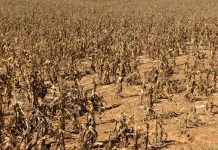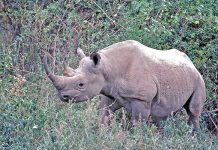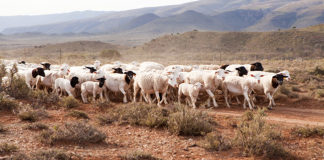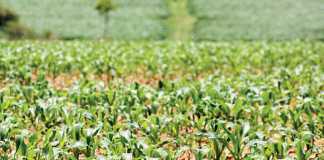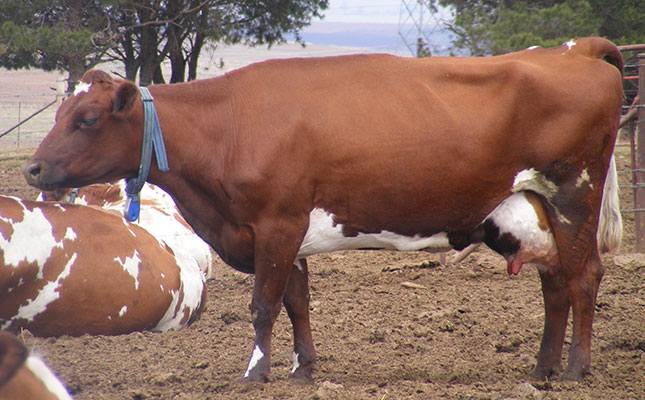
Photo: Annelie Coleman
The Zimbabwe Sunday News recently reported that the current milk production capacity of that country was just below 80 million litres per year compared with an annual demand of 120 million litres, leaving a deficit of 40 million litres.
The Zimbabwean deputy minister of Lands, Agriculture, Fisheries, Water and Rural Development, Vangelis Haritatos, said in the article that about 2 000 small-scale farmers were set to benefit from the government’s plans as part of the Presidential Input Scheme.
This scheme was aimed at addressing the under-performance of the dairy value chain in Zimbabwe by strengthening the linkages between production, processing and financing, he said.
The support programme to assist dairy farmers included a silage input scheme, mainly for small-scale dairy farmers; an enhanced agriculture productivity silage scheme for medium- and large-scale producers; as well as investment in modern technologies.
Apart from technical support, the government would also be paving the way for farmers to access loans to invest in the milk production value chain.
“Zimbabwe had a dairy herd of 123 000 cows in 1990, and at one point [dairy farmers] produced more than 260 million litres of milk annually, but production declined over the years, with an estimated 38 000 dairy cows left,” Haritatos said.
According to the International Farm Comparison Network Dairy Report for 2021, Zimbabwe ranked 136th in the world in terms of milk production, which was being produced on 220 farms across the country.
Research results published by ResearchGate showed that, at farm level, low milk yields and calving rates, late age at first calving, and long inter-calving periods prevailed on Zimbabwean dairy farms.
These factors were directly linked to nutritional aspects, the use of inappropriate breeds, poor farm management, limited disease control, and poor extension services.
Dr Koos Coetzee, an independent agricultural economist, told Farmer’s Weekly that Zimbabwe had exported milk and milk products to South Africa in the 1980s.
“Nowadays, the consumer market in countries such as Zimbabwe and Zambia is being dominated by [the] Shoprite [retail group].
“In Zambia, the dairy industry is well supported by Parmalat and Nestlé, while Danone is a huge player in the Kenya dairy industry,” he explained.


